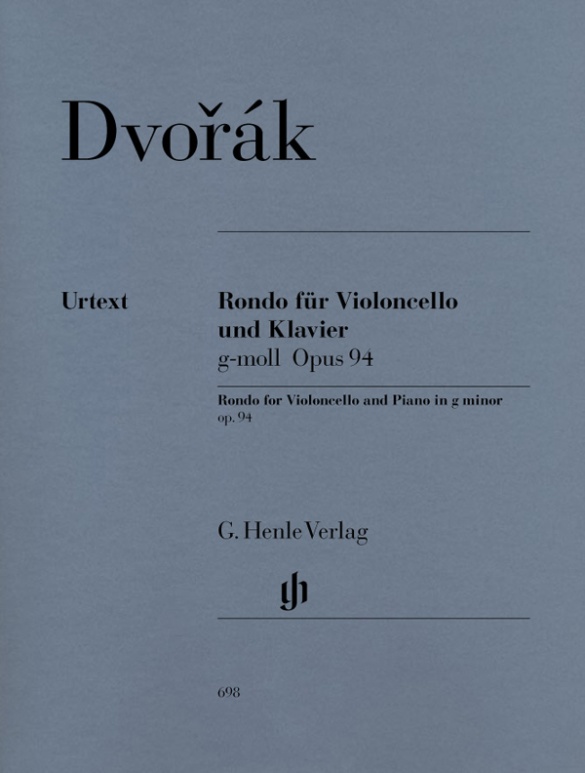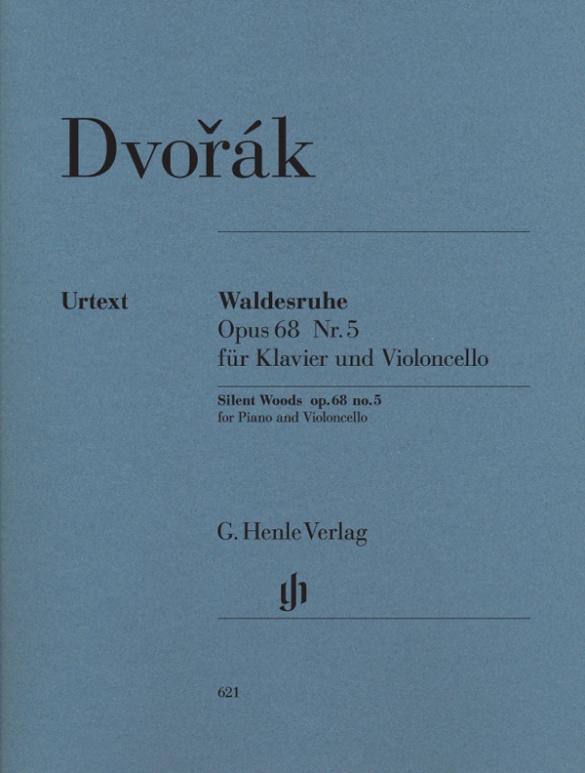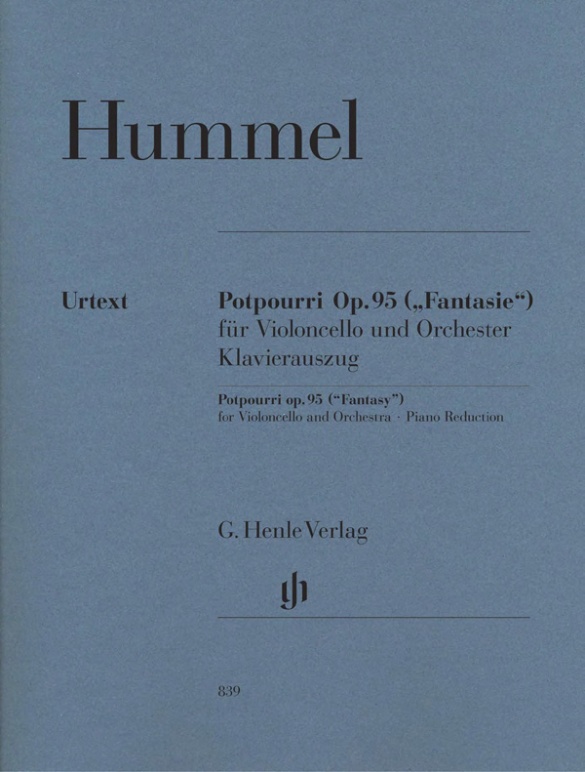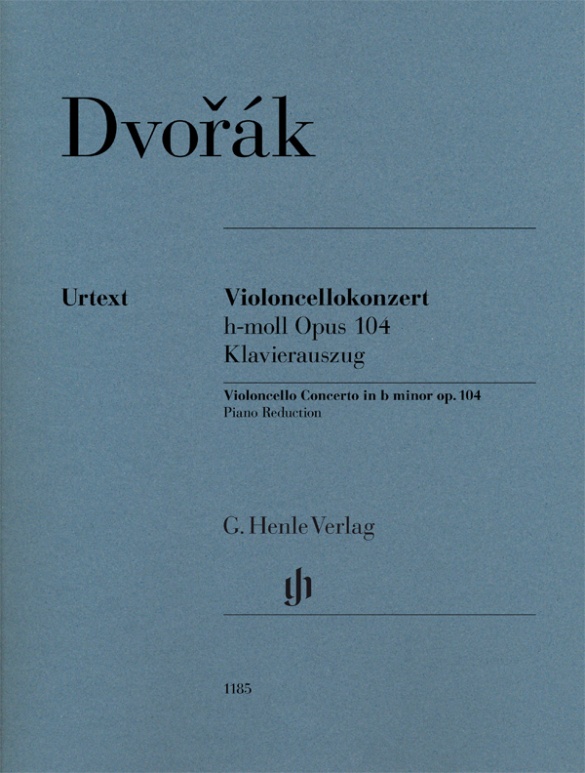

Antonín Dvorák
Violoncello Concerto b minor op. 104
Without a doubt, Dvořák’s melodious cello concerto numbers among the most popular of its kind. It is hard to imagine that the Musical Times harboured little hope that it would remain in the repertoire after the London premiere! Written in the winter of 1894/95 while the composer was still in America, the work underwent several revisions, particularly in the solo part, in the spring and summer of 1895 following Dvořák’s return to Bohemia. His cellist friend Hanuš Wihan provided expert support, even making his own entries in Dvořák’s autograph manuscript. The vast number of small and larger revisions ultimately led to some confusion during print setting, resulting in Simrock’s 1896 first edition of the score, piano reduction, and solo parts displaying numerous inconsistencies. These were carefully examined for this Henle Urtext edition while referring back to the autograph sources and an early copy of the solo part. Thus, not only the substantiated Urtext solo part, but also the piano reduction prepared by Johannes Umbreit now offer an optimal working basis for all musicians. The outstanding cellist Steven Isserlis offers much more than just fingering and bowing instructions in the marked-up part: in a short introduction he also describes his own musical experiences with the work. Moreover, in footnotes to the musical text he draws attention to some early variants, and presents his suggestions for resolving classic problem passages based on his own practice as a performer.
Read more about this edition in the Henle Blog.
Content/Details
About the Composer
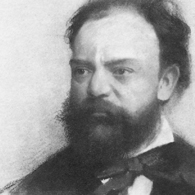
Antonín Dvorák
With Smetana he is the most famous Czech composer of the nineteenth century, contributing to the dissemination and appreciation of Czech music throughout the world. Among his around 200 works, encompassing all standard genres, are nine symphonies, fourteen string quartets, and twelve operas.
| 1841 | Born in Nelahozeves (Mühlhausen) on the Vltava River on September 8, the son of a butcher and innkeeper. |
| 1853 | Attends the training school in Zlonice; there he receives a comprehensive musical education from Josef Toman and the cantor Antonín Liehmann; subsequent education in Česká Kamenice (1856–57). |
| 1857–59 | Studies at the organ school in Prague. Until 1871 he will earn his living as a music teacher, organist, and violist. |
| 1861 | String Quintet No. 1 in A minor, considered his first work. |
| 1862 | Position as solo violist in the orchestra of the Bohemian Provisional Theater (conducted by Smetana, among others) |
| 1873 | Breakthrough with the premiere in Prague of his patriotic hymn “The Heirs of the White Mountain,” Op. 30. Employment at the private Prague School of Music. Several state scholarships. |
| 1874–77 | Organist at St. Adalbert church. |
| from 1876 | “Moravian Duets,” Opp. 20, 29, 32, and 38 (1876–77), “Slavonic Rhapsodies,” Op. 45 and the first series of “Slavonic Dances,” Op. 46 (both from 1878) enjoy great success. His fame abroad grows. |
| 1882 | Premiere of the opera “Dimitrij”, in the tradition of grand opera. |
| 1884 | First invitation to England, after which eight more will follow. |
| 1886 | Premiere of his oratorio “Saint Ludmila,” Op. 71. |
| 1891 | Professor of composition at the Prague Conservatory. |
| 1891–95 | Director of the National Conservatory of Music in New York. |
| 1893 | Premiere in New York of Symphony No. 9, “From the New World,” Op. 95 (American folkloric elements, cyclic techniques). |
| 1901 | Premiere in Prague of his most famous opera, “Rusalka.” |
| 1904 | Premiere in Prague of his last opera, “Armida.” Death in Prague on May 1. |
About the Authors
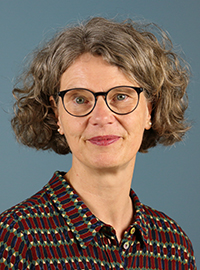
Annette Oppermann (Editor)
Dr. Annette Oppermann, born in 1965, trained as a music dealer in Frankfurt am Main and studied historical and systematic musicology as well as modern German literature at Hamburg University.
From 1993 to 1996 she worked as an editor for Sony Classical International in Hamburg; from 1996 to 1999 she was a doctoral candidate in the postgraduate programme Textkritik at the Ludwig-Maximilians-Universität in Munich, in January 2000 she earned her doctorate with a dissertation on “Musikalische Klassikerausgaben” (Hans-Joachim Marx, Hamburg). From 2000 to 2008 she worked as a research associate at the Joseph Haydn-Institut in Cologne, and was editor of the Oratorio “Die Schöpfung” in the Complete Edition of Joseph Haydn’s Works. Since February 2008 she has been an editor at G. Henle Publishers in Munich, with a particular focus on vocal music, chamber music and books.
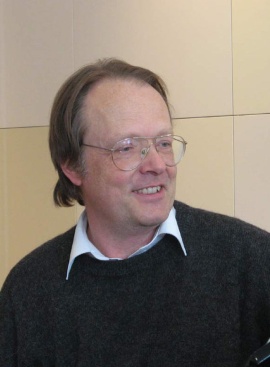
Johannes Umbreit (Piano reduction)
Prof. Johannes Umbreit studied the piano at the Musikhochschule in Munich. From 1987 onwards he was a regular accompanist at courses given by Wolfgang Schneiderhan, Thomas Brandis, Ljerko Spiller, Igor Ozim, Olga Woitowa, Ernő Sebestyén, Walter Nothas, F. Andrejevsky, Denis Zsigmondy and Zakhar Bron amongst others. He has appeared in numerous radio and TV broadcasts and plays chamber music with members of the Bavarian State Orchestra, the Munich Philharmonic Orchestra and the Bavarian Radio Symphony Orchestra.
He is on the jury of different international competitions and has been invited to several international music festivals. Umbreit was a teacher for almost ten years at the Musikhochschule in Munich and at the same time a lecturer for chamber music and piano accompaniment at the Richard Strauss Conservatory. Since 2008 he has been a lecturer at the Hochschule für Musik und Theater München. As the long-serving managing director of the Richard-Strauss-Gesellschaft, he was made an honorary member of the board in 2009. In May 2011, the Bavarian Minister of Culture appointed Johannes Umbreit an honorary professor of the Hochschule für Musik und Theater München on the suggestion of its academic senate.
Product Safety Informations (GPSR)

G. Henle Verlag
Here you can find the information about the manufacturer of the product.G. Henle Verlag e.K.
Forstenrieder Allee 122
81476 München
Germany
info@henle.de
www.henle.com
... der Klavierauszug, den Dvořák für Simrock erstellt hatte, ist von Johannes Umbreit ausgedünnt und erleichtert worden. Das ist sicher sinnvoll, weil das Stück ja ernsthafterweise im Konzertsaal mit Orchester erklingt, und der Klavierauszug zu Studienzwecken vielleicht nicht so schwer wie Gaspard de la nuit zu sein braucht. Das ausführliche Vorwort, den Kritischen Bericht und die Einleitung von Steven Isserlis habe ich mit Gewinn gelesen, auch wenn es nicht der erste diesbezügliche Text für mich war. Empfehlenswert!
ESTA-Nachrichten, 2022I highly recommend this scholarly edition for musicians to consider what it has to offer for a much deeper interpretation and new understanding of a concerto which is firmly entrenched in the mainstream cello repertoire.
Stringendo, 2022推荐
autogenerated_cross_selling
本书目其他版本
本书目其他版本


